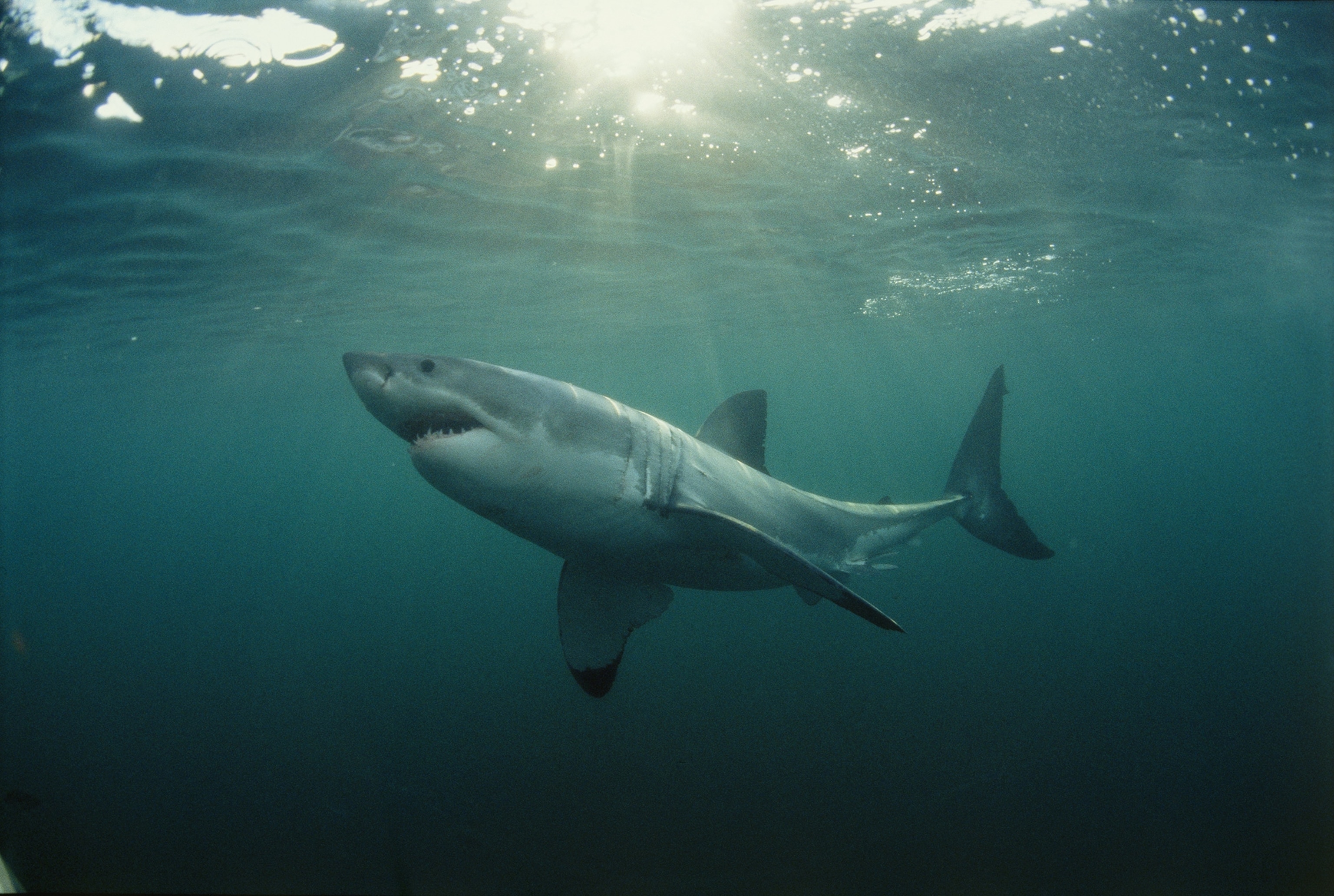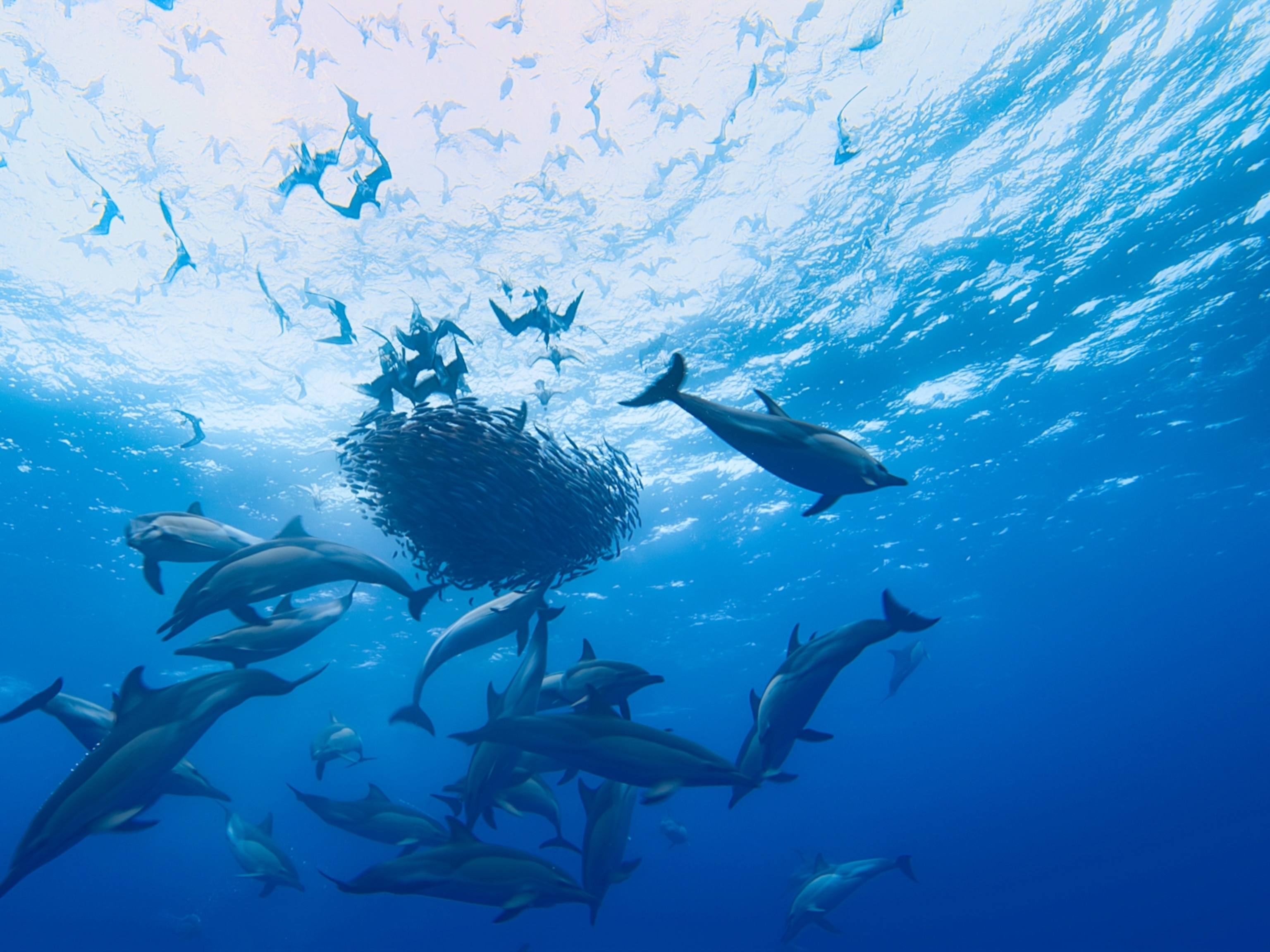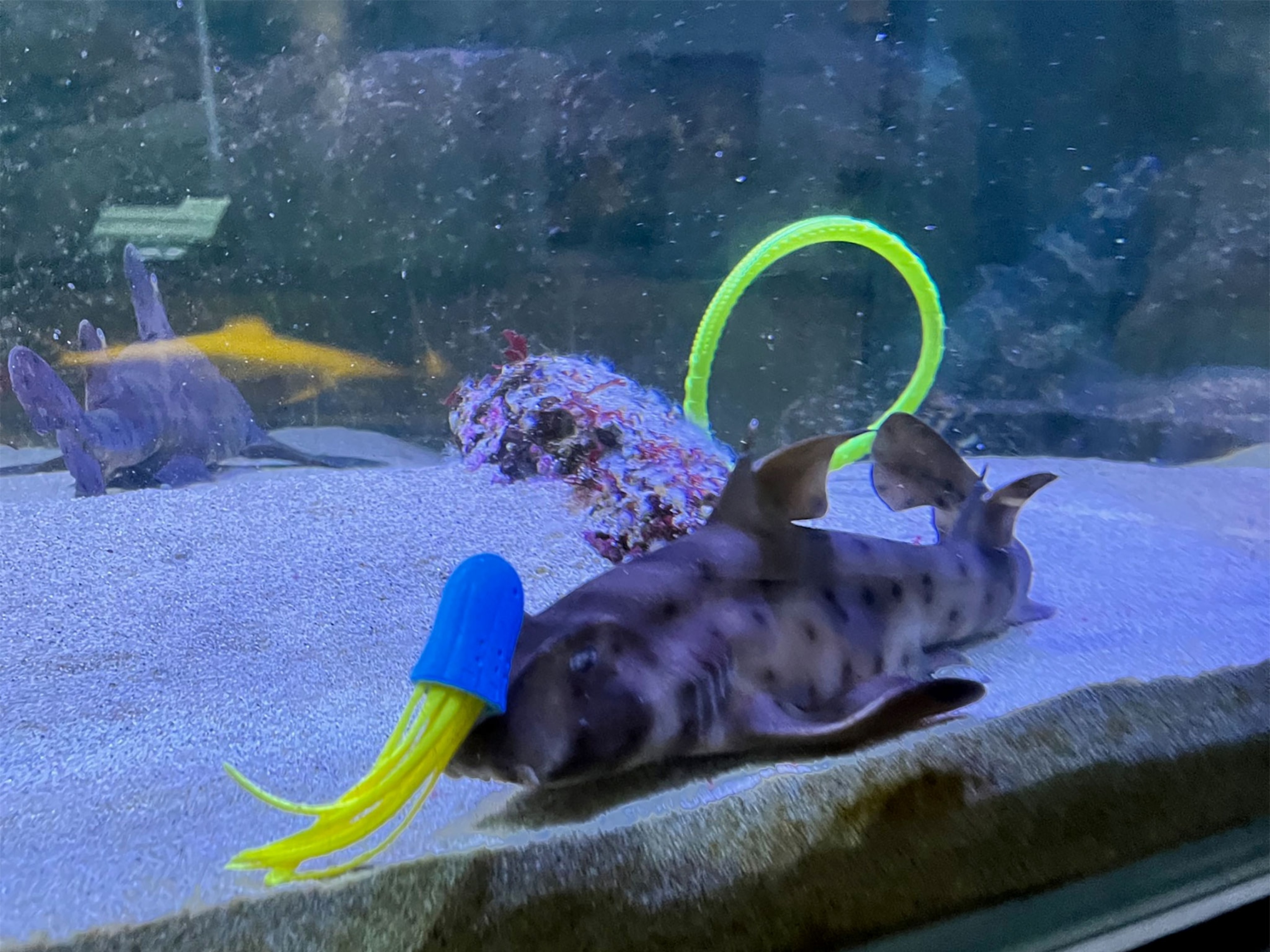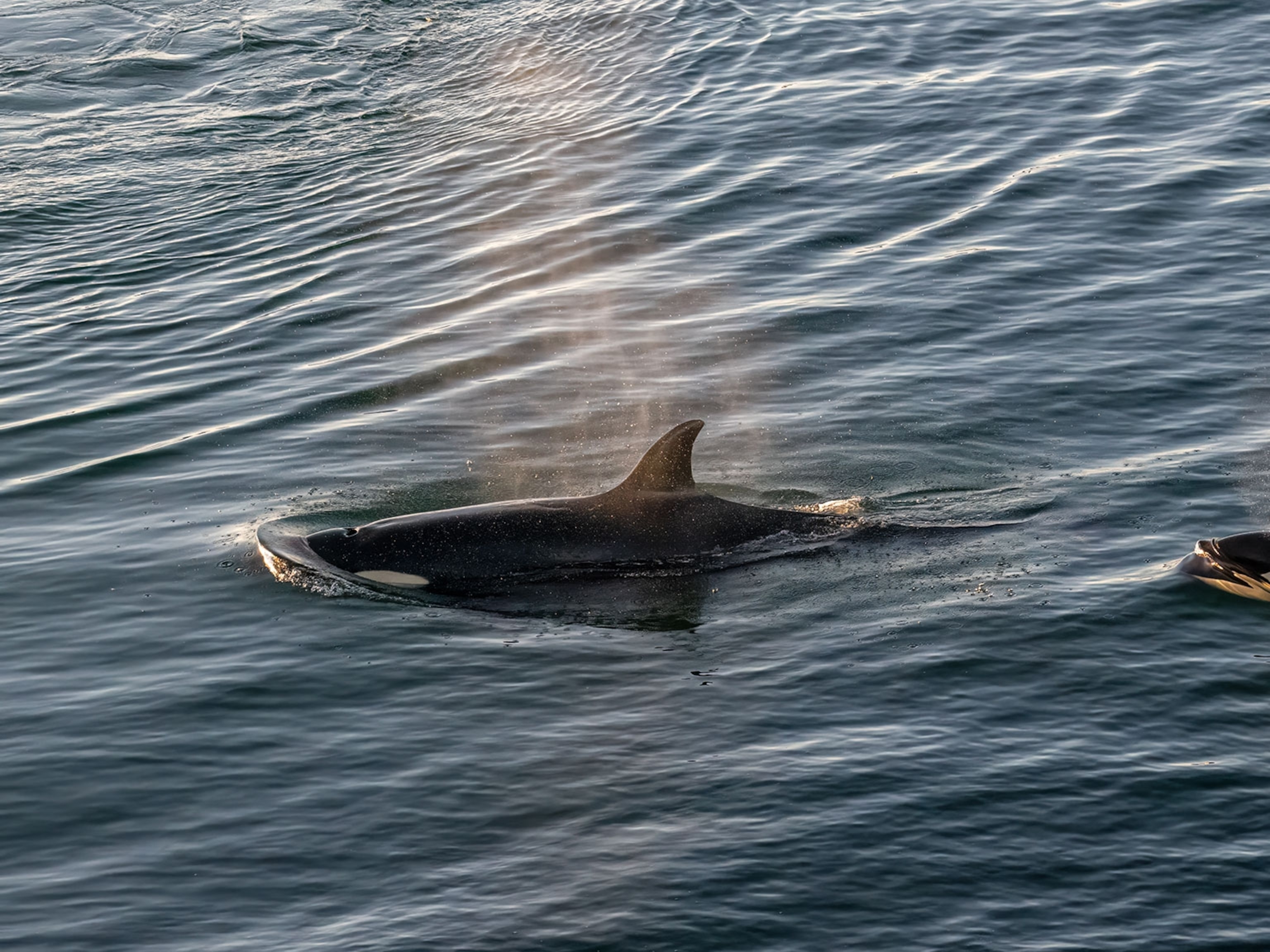How do Animals Have Sex Underwater?
Speed, angle, and agility combat the difficulties of aquatic mating.
Snicker if you will, but sex presents special challenges for aquatic animals.
After all, it’s tough to stay on an inflatable raft, and that’s not trying to swim away. (Related: Intimate Details of Dolphin Sex Revealed.)
Recently marine biologist Dara Orbach presented some of the first research ever done on how dolphin genitalia fit together, making Weird Animal Question of the Week curious about how big animals manage the physics of mating underwater.
Speeding Cetacean
The first challenge for underwater mating is just getting everyone’s parts lined up. “Unlike a terrestrial environment, where there are physical barriers,” says Orbach, of Dalhousie University in Nova Scotia, the ocean offers no leverage. And since cetaceans — dolphins, whales and porpoises — have “no appendages to hold each other in place,” she says, body position and angle are important.
Mating belly to belly may enable males to push females up, using the water’s surface as a barrier. If both are facing one direction, “he’ll move his penis around her body,” says Patricia Brennan, evolutionary biologist at Mount Holyoke University and Orbach’s collaborator.
“Males can really move that penis,” she says. They need this incredible control to effectively navigate the females’ complex vaginal structure. Orbach and colleagues found that some dolphin species have vaginas with numerous folds, which may play a role in deciding whether males’ sperm make it to the egg or go up a blind recess.
You could say the dolphin vagina is full of red herrings.
The dolphin penis is fibro-elastic, meaning the erectile tissue is full of collagen and elastin and can emerge quickly. This design may stand up better to the water’s drag force, which has likely influenced penis structure, Orbach says.
As for the actual mating, it takes only moments.
Natural selection may favor dolphin males “who can release their sperm very quickly,” since these positions are difficult to maintain, and dolphins must surface to breathe.
Whales have similarly speedy mating and dextrous penises, says Marah Hardt, author of Sex in the Sea. (Related: Watch the Elaborate Courtship of Three Gray Whales.)
Love Bites
Male sharks internally fertilize females with one of their two sperm-transfer organs, called claspers. First, though, they need to get a grip on a female.
Being sharks, they use their teeth.
“The males bite (the females’) fins to make sure they can hold onto them,” Brennan says. Females are much more thick-skinned than males, enabling them to handle the onslaught.
Sharks also have to keep moving at all times in order to breathe, so coupling must take place in areas where enough current will flow over their gills that they won’t asphyxiate.
Fasten Your Flippers
Sea turtles have huge shells that add another physical challenge to mating
To get around that problems, the males literally go around it. These huge-shelled reptiles have cloacas, shared openings for reproduction and waste. The male’s penis emerges from his cloaca, going under the female’s shell and into hers.
It’s not a very private affair. “Males have specialized claws on their front flippers that they use to hook onto the female,” Hardt says, holding on as other males clamor to gain purchase with the female.
Water weight
For a hippopotamus, aqua sex is actually easier. The buoyancy relieves the weight that would make terrestrial mating difficult.
An adult male hippo, after all, can weigh 3,300 pounds (1,500 kilograms). Females also give birth in the water, which helps when your babies weigh up to 110 pounds (50 kilograms).
Summertime tip: If you want to feel lighter, weigh yourself in the pool.
Have a question about the weird and wild world? Tweet me, leave me a note in the comments, or find me on Facebook. Weird Animal Question of the Week answers your questions every Saturday.











